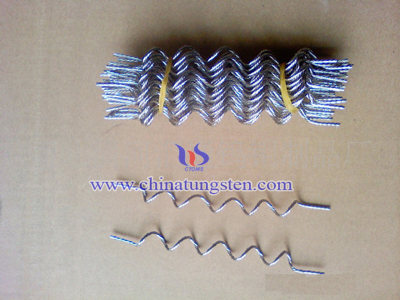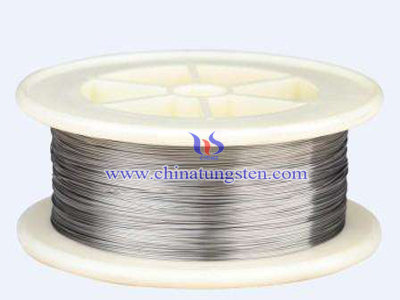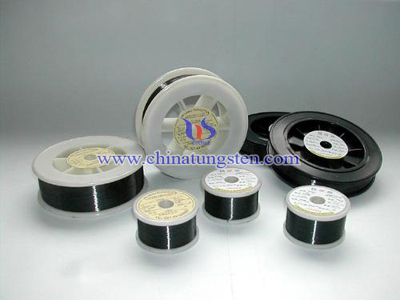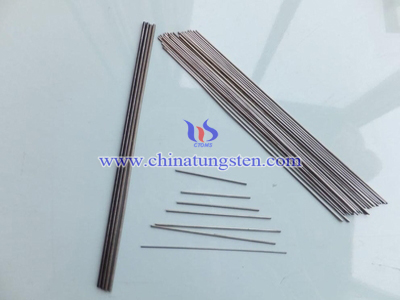Non-sag Tungsten Lamp Filament Wires
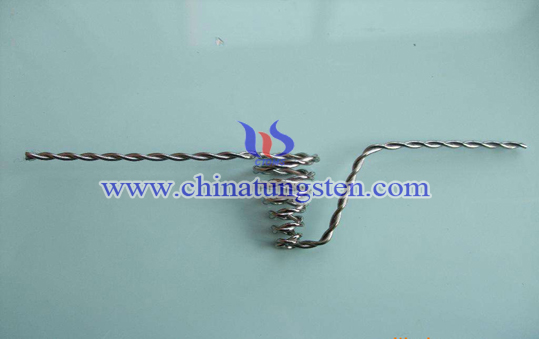
Introduction of non-sag tungsten wire is doped silicon, aluminum, potassium oxide tungsten wire, which is widely used in electronic devices and hot filament light bulb filament, such as high filament color temperature, thermal shock resistance wire, such as the cathode tube radiation.
On the Coarsening of Non-Sag Tungsten Lamp Filament Wires
In order to make clear the non-sag nature of tungsten lamp filament, its recrystallization behavior was studied by means of microscopic scrutiny and X-ray diffraction.
Filament having sag nature begins the recrystallization in a preferred orientation related to initial fiber direction at temperature about 1000°C. This orientation is destroyed at about 1300°C, leading to an ordinary non-preferential polygon structure.
The subsequent grain growth is very slow even at considerably higher temperatures. On the contrary, with non-sag wires this oriented recrystallization is maintained up to 2000∼2100°C, followed by the abrupt coarsening, in which the coarsened crystals encroach directly the remaining fiber structure. Thus, the coarsened crystals tend to occupy the whole cross-section of the wire, and the filament becomes finally to form a successive chain consisting of single crystals.
This phenomenon was called the inhibition dependent coarsening. This inhibiting action in tungsten filament is most likely caused by the minute quantities of doped materials.


